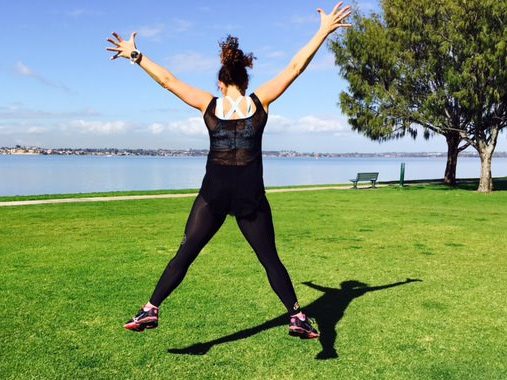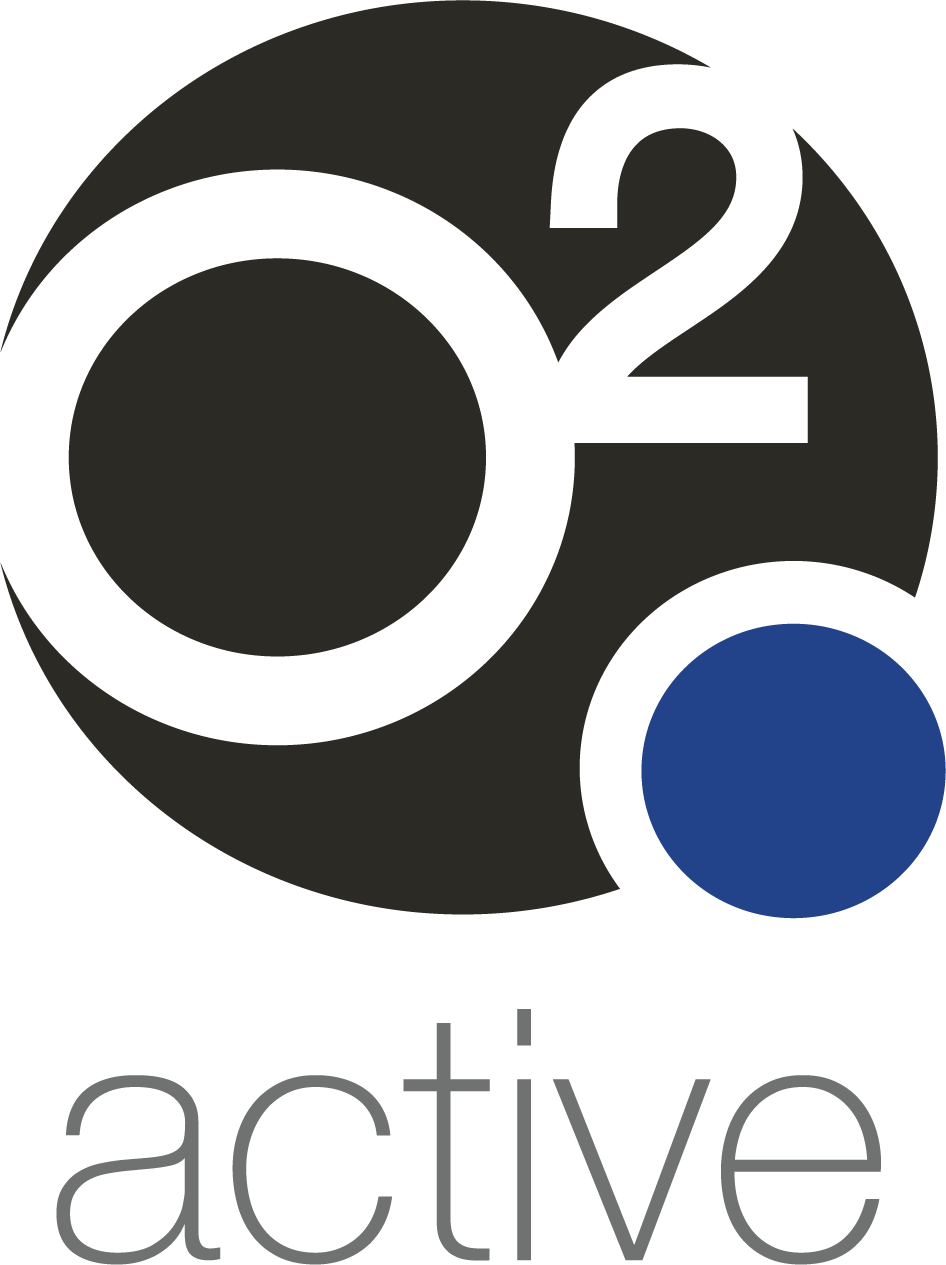
Article by Jessica Darmago, AEP
Mental health disorders are a major health problem affecting one in five people each year and 45% of Australians during their lifetime (ref 1). The most common mental illnesses include: anxiety (14%), depression (6%) and substance abuse (3%); which sometimes co-exist (ref 2). Many people who suffer from mental illness are afraid to ask for help and often feel ashamed and stigmatized for their mental illness, because unlike physical injuries, mental illness is not visible to the naked eye. This results in approximately 54% of people not accessing any treatment for their illness (ref 3).
What does mental illness look like?
Those suffering from depression can experience sleep disturbance, change in eating habits, lack of enjoyment of activities previously enjoyed, difficulty concentrating, feeling empty, hopeless and having suicidal thoughts.
Those suffering with anxiety can experience worry, avoidance, irrational thinking, irritability, increase in heart rate, uneven breathing, excessive sweating and muscle tension.
It is therefore no surprise that mental health disorders can greatly affect a person’s ability to function in their everyday lives, which is a major concern in our society.
How does exercise help?
Not only does exercise have physical benefits (decreased risk of heart disease, diabetes and obesity), it also has effects immediately after exercising, beta-endorphins are released promoting mood elevation, these are our ‘feel good chemicals’ in the brain. This can help reduce the symptoms of depression and improve one’s mood (ref 4). Research shows that aerobic exercise (walking, jogging or cycling) has been shown to reduce anxiety as well as reduce anxiety sensitivity (anxiety-related situations) as it exposes the individual to feared physiological sensations (increased heart rate, rapid breathing, sweating) (ref 5).
Exercise Recommendations?
According to ACSM guidelines, for those suffering from depression and anxiety it is recommended that you exercise (ref 4);
- 5 times/week; 30 mins of moderate intensity cardio OR
- 3 times/week; 20 mins of vigorous intense cardio AND
- 2 times/week; 8-10 of resistance exercise of 10-15 reps
Although these are the recommended guidelines, it may not be one size fits all. The most important thing is to get moving. There are many barriers that one might face about starting and maintaining an exercise program, such as lack of energy, lethargy, fatigue or lack of motivation.
Overcoming Barriers
Take it slowly to begin with and gradually progress to avoid feeling overwhelmed. Find an activity that you enjoy and are comfortable with and set yourself some goals. Encouragement, support and building networks can help motivate you when you might be feeling low on energy. Group fitness classes have the added benefit of social interaction that will help get you motivated and make you enjoy exercise even more!
At O2 Active we offer qualified and professional exercise physiology services for a personalised exercise program, as well as many group classes (Yoga, Pilates, HIIT sessions) that can assist in your physical and mental wellbeing. It’s never too late to start, you’ll feel happier and healthier for making a positive change, and we are here to support you!
References:
- Australian Bureau of Statistics. (2009). National Survey of Mental Health and Wellbeing: Summary of Results, 4326.0, 2007. ABS: Canberra.
- Kitchener, B.A. and Jorm, A.F. (2009). Youth Mental Health First Aid: A manual for adults assisting youth. ORYGEN Research Centre, Melbourne
- Australian Institute of Health and Welfare. (2014). Australia’s Health 2014. AIHW: Canberra.
- Sarris, J., Kavanagh, D. J., & Newton, R. (2008). Depression and exercise. Journal of Complementary Medicine: CM, The, 7(3), 48.
- Broman-Fulks, J. J., Berman, M. E., Rabian, B. A., & Webster, M. J. (2004). Effects of aerobic exercise on anxiety sensitivity. Behaviour research and therapy, 42(2), 125-136.
